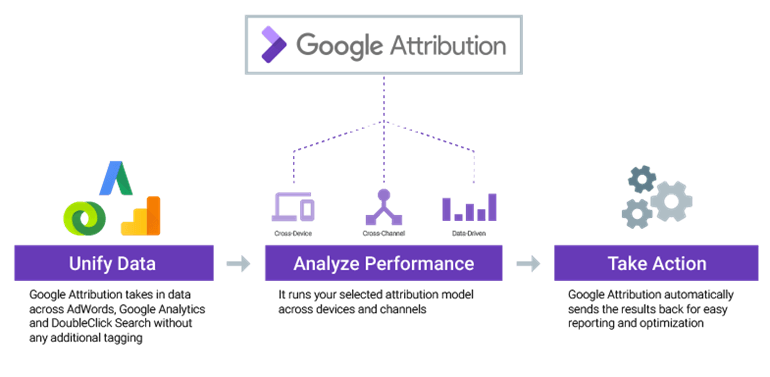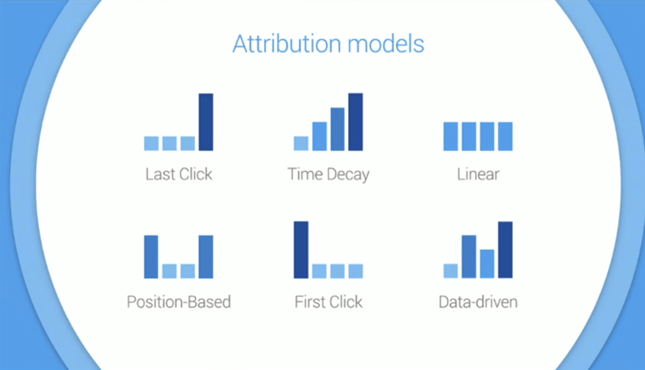June 16, 2017
You may or may not have read my post last year about how to use AdWords attribution models, but Google is stepping up their already impressive reporting game and combining their reporting tools to give you one solid platform that incorporates Analytics, AdWords, and DoubleClick.
If you own a digital strategy for your client or company, chances are you use more than one channel to reach customers online. Google has said they understand this and want to make Google Attribution to be a one-stop shop for evaluating marketing campaigns. “By creating a tight loop between strategy, ad spend and feedback, Google aims to make the tool attractive to marketers that feel last-click models don’t sufficiently explain customer behavior,” says John Mannes of TechCrunch.
In the real world, most marketers know that conversions should be credited to more than the last touch point. A customer probably saw video ads, banner ads, emails, social ads, and other materials. All of these worked in consonance to drive conversions. Why, with all of the data available would you still attribute the sale to the last ad seen?

“We really focused on simplicity for Google Attribution…you basically connect your accounts, import your data, choose the attribution model that works best, then you can export the results through AdWords. You can immediately optimize your campaigns through the attribution models. Something that took months to do, we’ve reduced it down to minutes,” said Babak Pahlavan, Senior Director of Product Management, Google.
Using Google Attribution allows digital marketers, especially PPC marketers who are looking for ways to simplify their reporting and insights, an easy way to evaluate and make changes faster for clients.
Google Attribution aims to solve two problems for marketers:
- How to properly credit and see upper and mid-funnel interactions
- How to easily inform bidding decisions based on full-funnel attribution data
Marketers can easily see the conversion impact of keywords and ads based on multichannel and multi-device conversion paths data. By automatically sending modeled conversion data into AdWords, automated bidding can take upper and mid-funnel contributions into consideration. Again, this obviously has a benefit to Google as well.
One major question to answer is how is this different than what’s available now?
Currently, attribution within AdWords doesn’t offer any insight into the connection between ads and marketing efforts on other channels. Google Attribution provides the cross-channel context that is missing in AdWords attribution. In Analytics, Google Attributions offers more touch-points and more in-depth analytics.
Key benefits of Google Attribution coming to marketers include:
- Data-driven multi-touch attribution models
- Measure the full journey using Google’s privacy-friendly cross-device graph
- Ability to act on insights through smart bidding integrations
- Measure value of clicks/impressions with data-driven attribution through machine learning

Currently, Google Attribution is in beta and will be rolled out over the next quarter to accounts in the US. While marketers are waiting, advertisers can look at data-driven attribution modeling in AdWords, if available.
Have more questions? Find me on Twitter @krisvick.